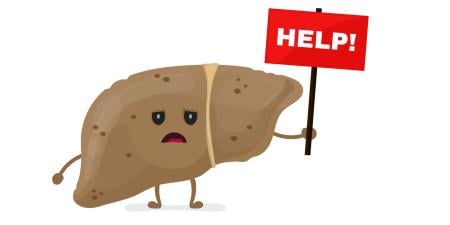Otitis media or inflammation of the middle ear is the most common reason for prescribing antibiotics to children. Yet, many cases of otitis media are caused by viruses and not bacteria, which raises concerns about whether current prescribing practices may be facilitating antibiotic resistance.
Tympanocentesis of patients with acute otitis media reveal that it is characterized by the presence of:
- Streptococcus pnnumoniae (20 to 35 percent of cases),
- Haemophilus influenzae (20 to 30 percent of cases),
- Moraxella catarrhalis (20 percent of cases),
- No bacteria (20 to 30 percent of cases),
- Virus with or without bacteria (17 to 44 percent of cases).
Amoxicillin is as effective as any another antibiotic and is generally recommended as the first line of treatment, even though at least 1/4 of S. pneumoniae strains have increased resistance to amoxicillin; 1/4 to 1/3 of H. influenzae strains are resistant in vitro to amoxicillin; and virtually all strains of M. catarrhalis are resistant to amoxicillin.1,2
The apparent contradiction between prescribing recommendations and the percent of cases where that treatment will be effective may, in part, reflect the lack of solid scientific evidence on the use and benefit of antibiotic therapy for otitis media.3 It also may be partly explained by the practical challenge of identifying the percentage of children who will benefit from antibiotic treatment.
One strategy to minimize overprescribing antibiotics in otitis media is to delay antibiotic treatment for 48 to 72 hours. This treatment approach is used in the Netherlands and Scandanavian countries, and has led to much less antibiotic use than in the US and Canada.4,5 The one impediment of delaying antibiotic treatment is that doing so increases the risk of acute mastoiditis from 2 cases per 100,000 children per year in the US to 4 cases of mastoiditis per 100,000 children in the Netherlands.6 Despite this slightly increased risk for mastoiditis, the American Academy of Pediatrics and the US Centers for Disease Control and Prevention have recently announced guidelines that recommend delaying antibiotic treatment for otitis media to help reduce antibiotic resistance.
References
- Rosenfeld RM, Vertrees JE, Carr J, et al. Clinical efficacy of antimicrobial drugs for acute otitis media: metaanalysis of 5400 children from thirty-three randomized trials. J Pediatr. 1994;124(3):355-367.
- McCracken GH Jr. Prescribing antimicrobial agents for treatment of acute otitis media. Pediatr Infect Dis J. 1999;18(12):1141-1146.
- Chan LS, Takata GS, Shekelle P, Morton SC, Mason W, Marcy SM. Evidence assessment of management of acute otitis media. II. Research gaps and priorities for future research. Pediatrics. 2001;108(2):248-254.
- Little P, Gould C, Williamson I, Moore M, Warner G, Dunleavey J. Pragmatic randomised controlled trial of two prescribing strategies for childhood acute otitis media. BMJ. 2001;322(7282):336-342.
- Froom J, Culpepper L, Jacobs M, et al. Antimicrobials for acute otitis media? A review from the International Primary Care Network. BMJ. 1997;317(7100):98-102.
-
Van Zuijlen DA, Schilder AGM, Van Balen FAM, Hoes AW. National differences in incidence of acute mastoiditis: relationship to prescribing patterns of antibiotics for acute otitis media? Pediatr Infect Dis J. 2001;20:140-144.



